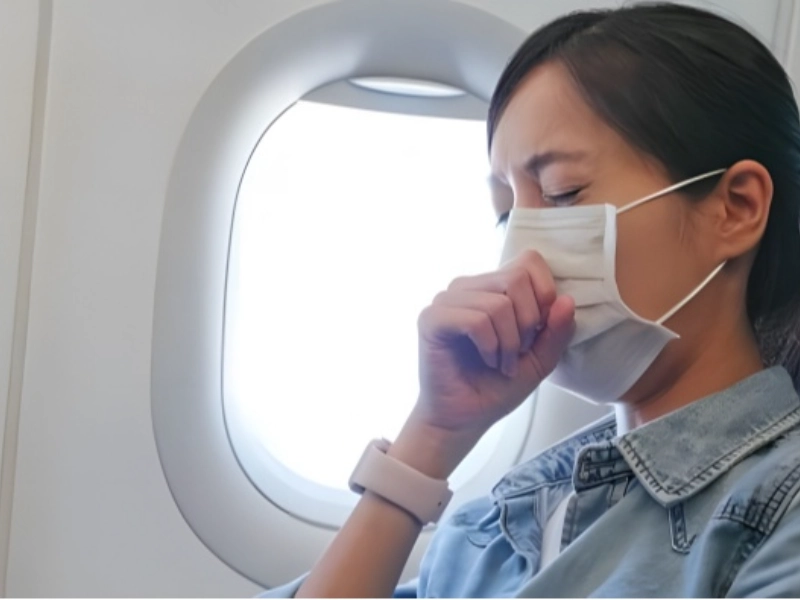Flight Attendants Reveal Their Best Kept Flight Secrets
Advertisement
6. What About Breathing in Plane Air?

Advertisement
Given the likelihood of airborne viruses, it is normal to worry about the air quality in a confined environment like an aeroplane cabin. After all, how can we be sure the efficacy of cabin ventilation systems, especially when healthy people are travelling in a small cabin where someone might be coughing and sneezing?
Although some rare horror tales of passengers catching airborne illnesses on flights exist, usually speaking, you can relax on the plane. This comfort originates from the advanced air filtration technologies used in contemporary aircraft. The "bleed air" system—which blends recirculated cabin air with fresh, breathable air from outside the aircraft—is used most commercially by most commercial aeroplanes.
This system draws fresh air via the engine's compressors. After that, the air is chilled, humidified, then combined with recirculated air derived from high-efficiency particulate air (HEPA) filters. Most viruses and bacteria among other airborne particles can be eliminated by these HEPA filters. The resulting air quality is usually either exactly like or even better than the air in a regular office.
Furthermore more frequently than in most buildings, the cabin's whole air volume is usually refreshed every two to three minutes. Constant air exchange helps to reduce any possible pollutant concentration. Although maintaining excellent hygiene—that is, regular hand washing and covering your mouth when coughing or sneezing—you can usually relax about the quality of the air during your journey.
You May Like
Advertisement

